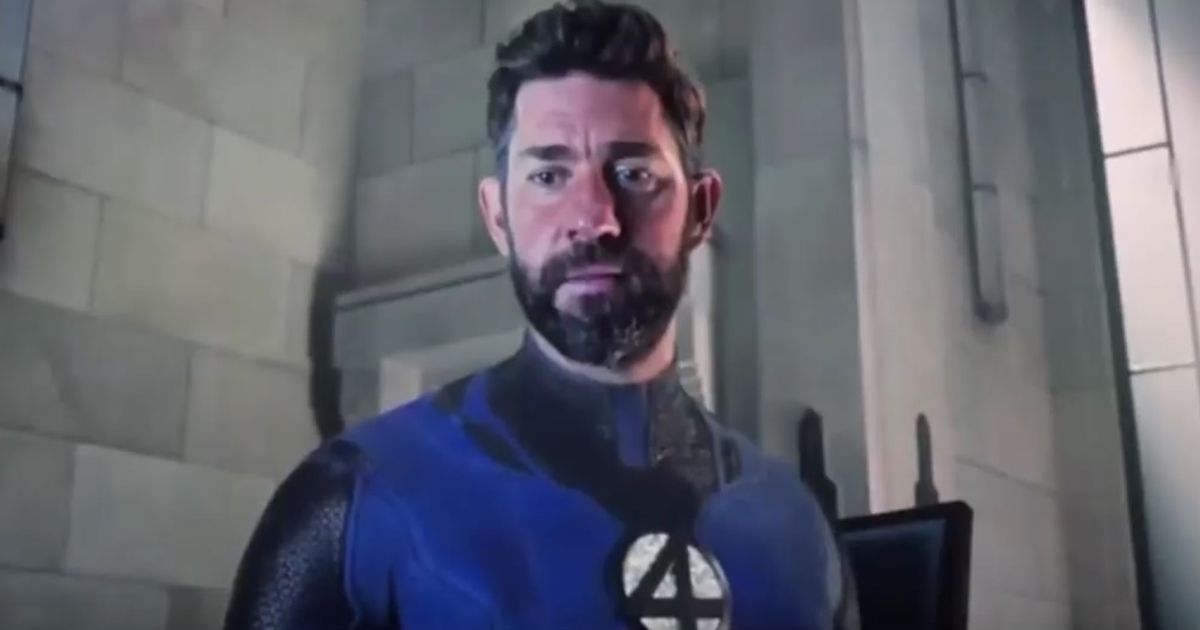Doctor Strange in the Multiverse of Madness is the second entry in the franchise centered around the powerful Marvel magic-user, casting Benedict Cumberbatch in the titular role of Stephen Strange. The movie sees him and the mysterious teenager from his dreams, America Chavez (Xochitl Gomez), navigating through different layers of threats in the multiversal world. What's more, the plot also unfolds the mystery behind previously teased sequences in the WandaVision miniseries, wherein Wanda Maximoff becomes the villain under the influence of the Darkhold. Along with the nail-biting plotline of Doctor Strange 2, the movie is jam-packed with remarkable moments like the Sinister Strange battle, Variants of the plethora of characters, a sneak peek into different universes of the Multiverse, and the much-awaited introduction of The Illuminati. This movie is yet another trailblazer, offering an insight into what lies beyond Earth-616 and what Marvel Studios potentially has planned for The Multiverse Saga.
Though every element in the movie appears to smoothly fall in line and make sense, Doctor Strange 2 was no stranger to pre- and post-production madness. Production of the movie commenced with the rocky start of the change in director from Scott Derrickson, the original helmer of Doctor Strange who exited due to creative differences with Marvel, to original Spider-Man trilogy director Sam Raimi taking over after Derrickson's departure. Here is every major change that happened during Multiverse of Madness' production.
5 Fiddling Around with the Plot
Multiverse of Madness was pushed into the production stage alongside other Marvel projects like Spider-Man: No Way Home and Loki. Naturally, once these had hit the screens, it led to several loopholes and inconsistent plotlines surfacing in the earlier intended scripts of Doctor Strange 2. Raimi and scriptwriter Michael Waldron had to fiddle with them in order to create a coherent plot that would not just shape the entire MCU as we know it, but also set the tone for upcoming projects. Per Den of Geek, Waldron revealed that Elizabeth Olsen was always in the film and only the idea of reincarnating her character as the big baddie cropped up after the pandemic delayed the production.
4 Major VFX Changes
The VFX journey of Doctor Strange 2 has been an arduous process as well. Visual effects supervisor Alexis Wajsbrot, in an interview with Before and Afters, shared the challenges faced by the team. He explained that the Multiverse travel of America Chavez and Doctor Strange initially started as a previs of a free fall and then ended up mimicking the Magical Mystery Tour. The VFX of a few other shots were changed simultaneously at the last minute. According to him, in the same Multiverse travel sequence that started at Kamar-Taj, both Chavez and Strange were originally meant to land in an alleyway. However, in the end, they fell on a rooftop, disturbing the dynamics of the visual effect. The continuous alterations were not the only conflict faced by the team, but also instructions were provided to strictly not mimic the previous work to give a fresh and different look to the movie.
3 The Music Battle
One of the most iconic and intricate scenes to shoot was the musical note battle sequence between Earth-616’s Strange and the Darkhold-influenced Sinister Strange at the Sanctum Sanctorum. The sequence involves both the characters hurling notes from sheet music against each other. In the earlier intended version, the battle featured famous classical pieces. Later, however, as revealed by the composer of the film, Danny Elfman, Kevin Feige initiated last-minute changes to the sequence. And what the audience finally witnessed is the unsophisticated musical battle of Beethoven’s 5th Symphony vs. Bach’s Toccata and Fugue.
2 The Trimmed Runtime
Another major change brought to Doctor Strange in the Multiverse of Madness was cutting short the runtime of this much-hyped film. Previously, the film had a complicated and lengthy plotline, leading it to clock the two-hour and forty-minute duration, a typical length of an MCU movie. Several reshoots were done to remove such intricacies, however. In an interview with Collider, Raimi shared the kind of simplifications made in the final cut to achieve the minimal runtime of two hours and six minutes.
1 The Illuminati Cameos
Multiverse of Madness featured the much-awaited introduction of The Illuminati and, with it, the most controversial cameos of the MCU so far. Patrick Stewart returned to his iconic role of Professor X, and John Krasinski (after much fan-casting) was revealed to be Earth-838's Reed Richards; however, both characters made gut-wrenching deaths in service of highlighting the Scarlet Witch's power. Per Screen Rant, in fact, the Illumanti sequence was originally shorter before reshoots lengthened it to what's seen in the final version. More than that, the Illuminati roster was constantly changed, with different characters being originally planned.
Doctor Strange 2 truly had seen madness throughout its production stage. It had met tight deadlines, carried forward a coherent story, and lived to its marketing hype all at once. It would be right to agree with a humouruos statement made by Benedict Cumberbatch’s that the only thing that did not change throughout was the name of the movie.

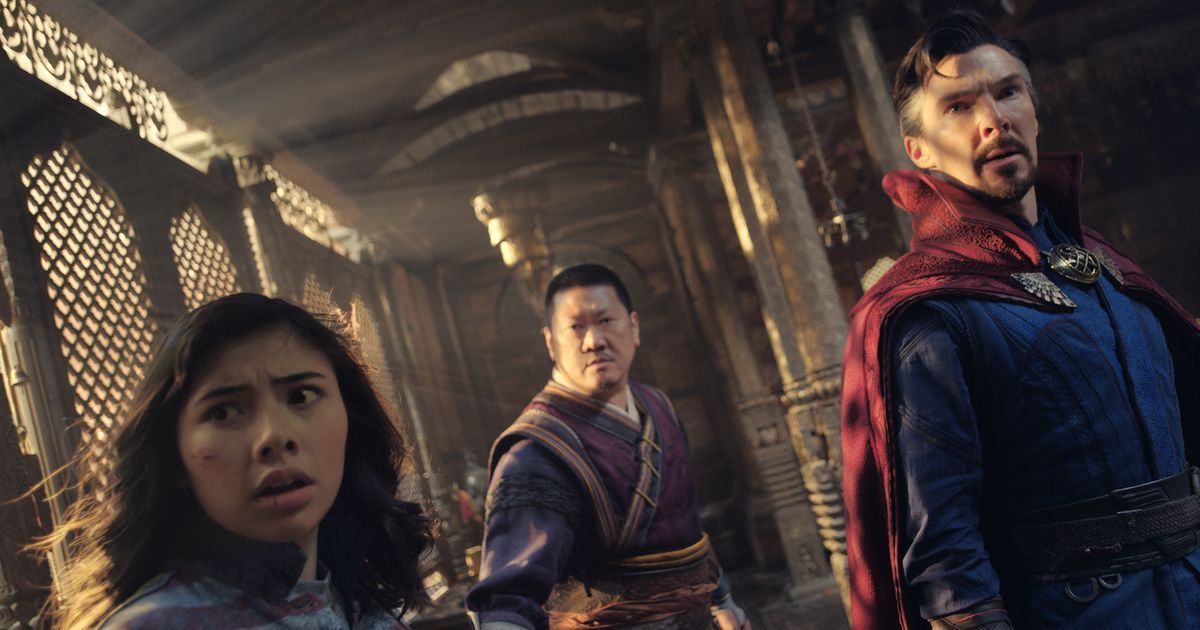
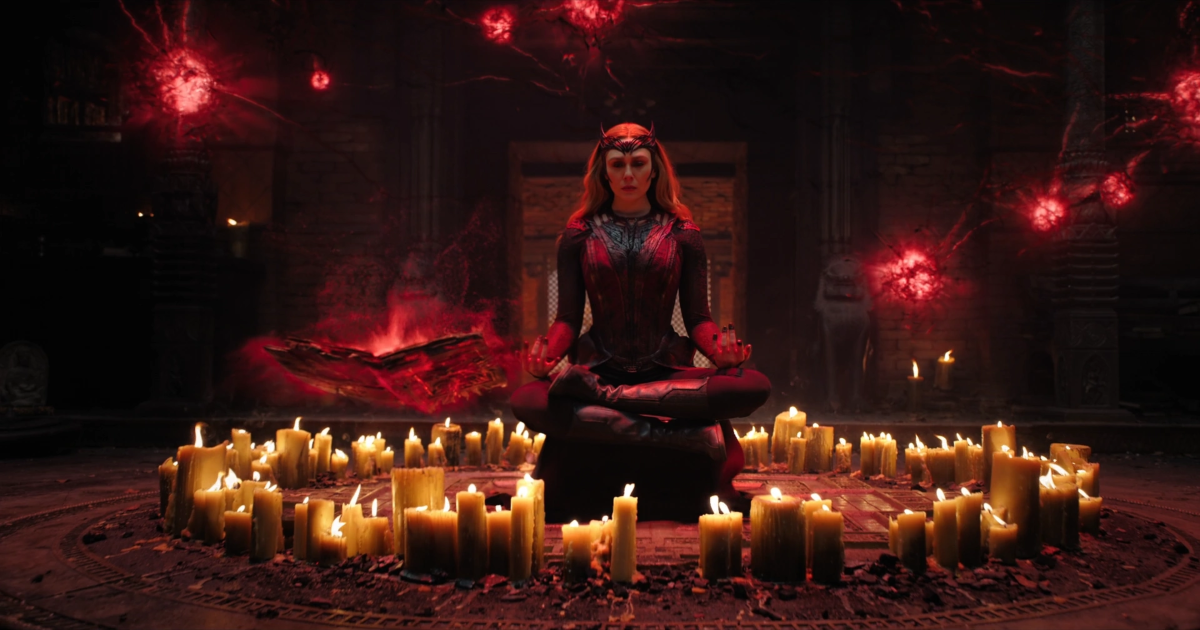
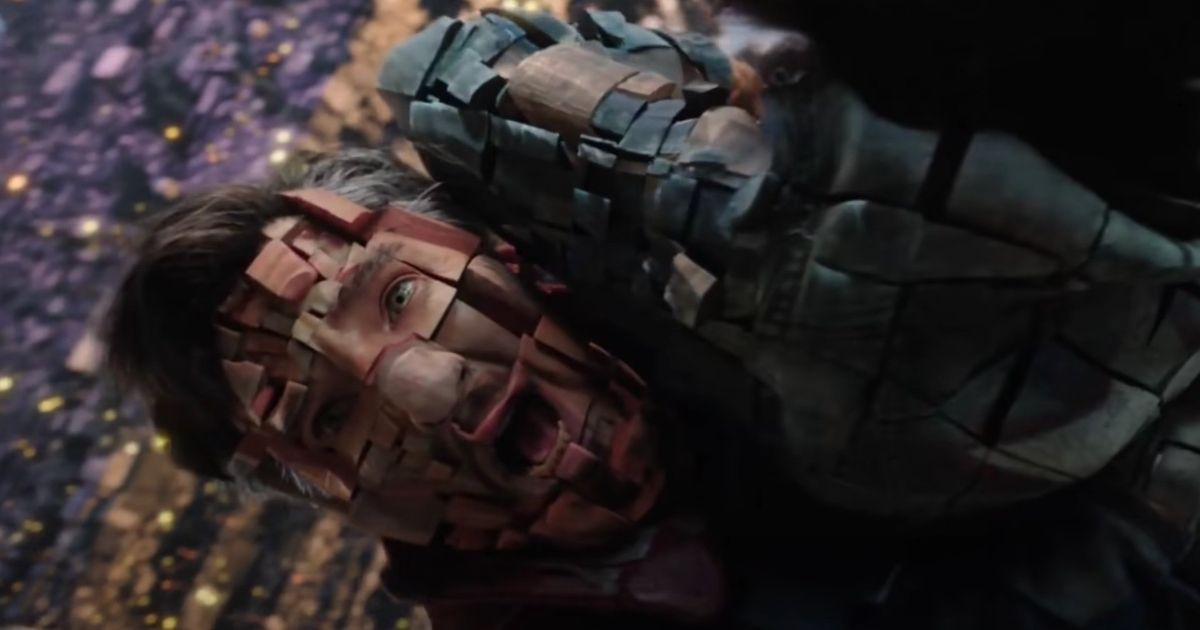
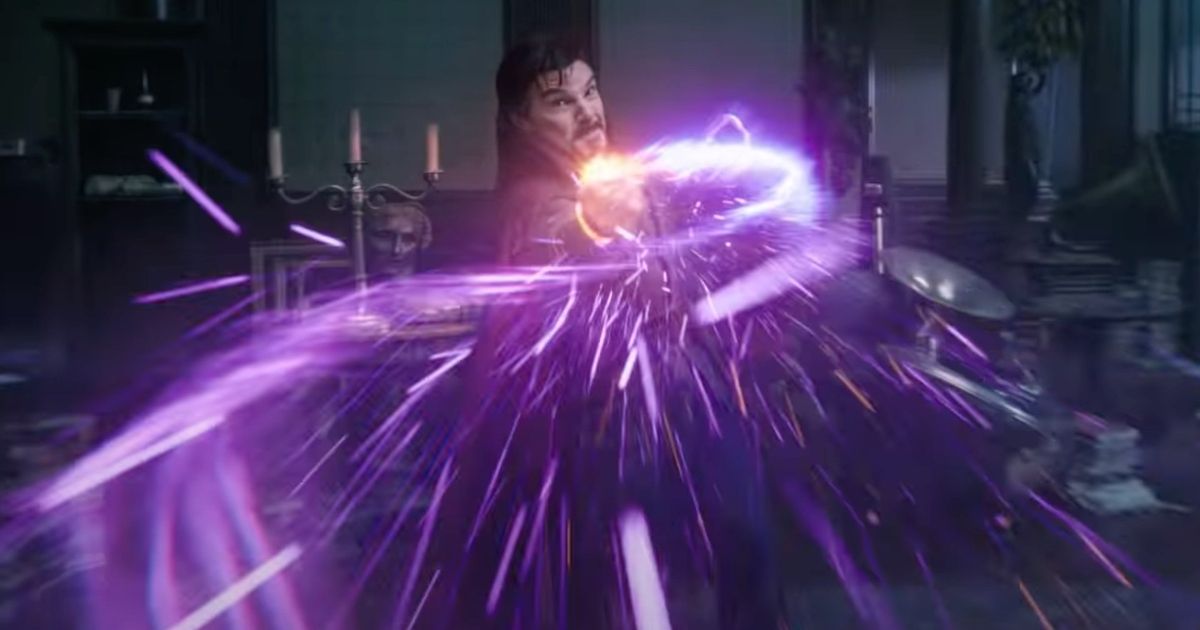
.jpg)
